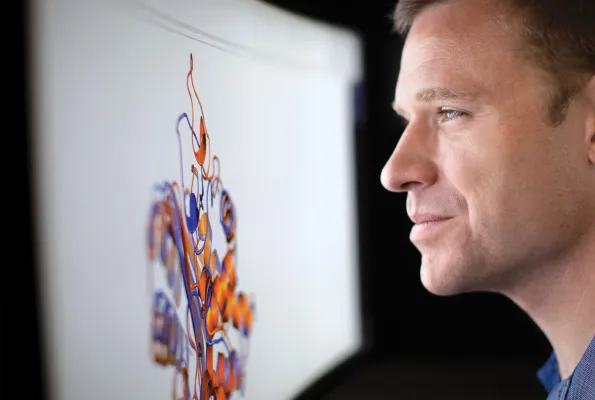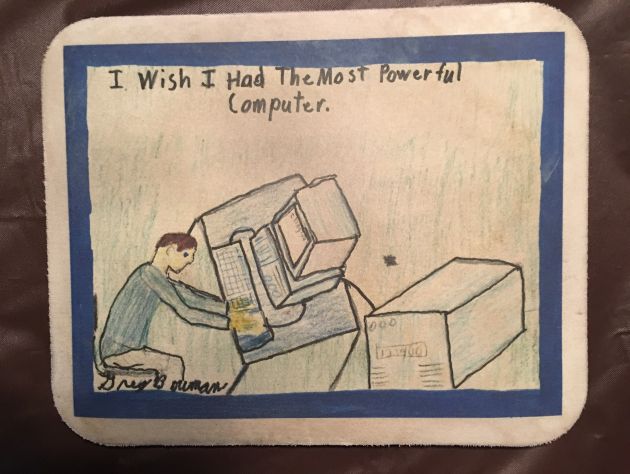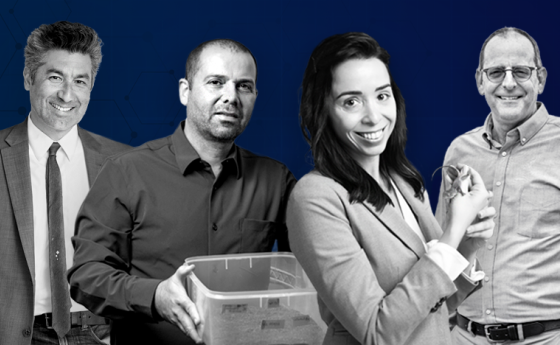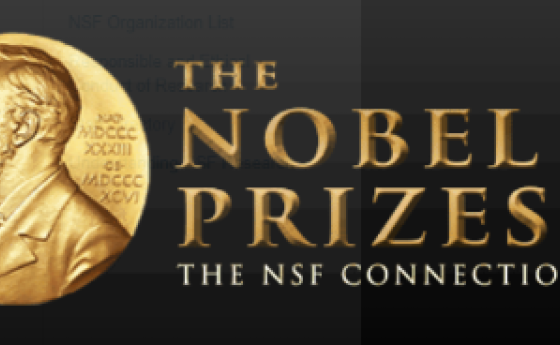
#NSFstories: Leading an army of citizen scientists in the fight against COVID-19
For computational biophysicist Gregory Bowman, sleep these days is hard to come by. Since turning his research team’s attention to the fight against COVID-19, life for this leader of the largest crowd-sourced supercomputing network hasn’t been the same.
“I slept for six straight hours last night,” he laughs. “That’s a record! But I wake up excited, well before the alarm, because the work we’re doing is so meaningful.”
The initiative he leads, called Folding@home, uses computer simulations to model proteins in motion. As these molecular machines move, they can spontaneously “fold” into unique structures, revealing important clues about how their components work together. In general, this technique can offer insight into a number of diseases and conditions like cancer and Alzheimer’s but when the COVID-19 pandemic hit, Bowman immediately recognized an important application for his research.
Understanding the protein dynamics of COVID-19 could help researchers determine how these viral proteins function and how to design new therapies to stop them.
It’s not a bug
Bowman and his team are not the only ones dedicated to this research.
At last count, 4.5 million citizen scientists are involved in the effort, each of whom lends a portion of their personal computing power to help perform the project’s massive calculations. Volunteers participate by downloading a software program that runs select simulations while their computer is idle.
When Folding@home dedicated part of its infrastructure to modeling the novel coronavirus, something surprising happened. About two weeks in, Bowman noticed an unusual strain on their infrastructure.
“I thought there was a bug,” he recounts, smiling. But there was no bug. Increased network traffic had created the strain. Bowman hadn’t anticipated how many volunteers would lend their computing power to the project. The number of “folders” had exploded from 30,000 to 4.5 million in less than three months.
Building a behemoth … almost overnight
The volunteers of Folding@home have built a computing system that no other organization in the world has. The network now includes roughly 30 million CPUs and more than 600,000 dedicated GPUs. That capacity is theoretically 10 times faster than the top supercomputer and has more processing power than the top 500 supercomputers combined.
To address the challenges of scaling Folding@home so quickly in the wake of the COVID-19 pandemic, Bowman and his team relied on support from industry partners such as Microsoft, Nvidia, AMD, as well as an NSF Rapid Response Research (RAPID) grant. RAPID awards enable the agency to quickly process and fund research that addresses an urgent need, like COVID-19 research. Previous RAPID awards have helped advance our understanding of the Ebola and Zika disease outbreaks as well as measures to contain them.
This support from NSF enabled new servers to help distribute, collect and analyze the data processed by volunteers. It will also enable improvements to make the network even more efficient and better able to leverage all the valuable contributions from industry partners and private citizens.
The motivation behind the research
“Our folders are empowered by an ability to take action at a time when so many feel helpless,” Bowman says, “and their only other option is to wait for the pandemic to go away or for someone else to solve it.”
A personal stake in biological research is something Bowman understands. A juvenile form of macular degeneration caused him to lose most of his eyesight when he was only eight years old. Today, he is legally blind, likely due to a protein mutation similar to the ones he studies today.
“It was around middle school that I started to fully grasp how losing my vision was going to impact my life. At the same time, I was hearing about the cloning of Dolly the sheep and the sequencing of the human genome. I saw the potential power of biological research, and I have been specializing in this area ever since.”
Bowman, who currently serves as an associate professor of biochemistry and molecular biophysics at Washington University School of Medicine, is a recipient of NSF’s Faculty Early Career Development (CAREER) award, which honors those who demonstrate leadership potential in research and education. It is NSF’s most prestigious honor for early-career faculty, and the distinction gave Bowman what he calls “a stamp of credibility.”
One bite at a time
Research in protein dynamics has important applications that go far beyond human health. Bowman’s team of citizen scientists could help untangle biological mysteries that influence everything from pollution to cellular communication -- illuminating challenges that would normally take years in a matter of months.
"How do you eat an elephant?" asks NSF Program Director Steven Ellis. “One bite at a time. … If everybody takes a bite, it’s gone in a hurry.”
Bowman believes there is significant room to expand the scope of his work, but for now, he can comfortably cross one thing off his list.
Creating the world’s most powerful supercomputer would inspire any computational researcher, but it’s especially gratifying to Bowman, who imagined this very feat as a child.
“My parents saved this great piece of art from my childhood that says, ‘my daydream is to have the world’s biggest computer!’ It’s quite ironic that I actually do now.”






